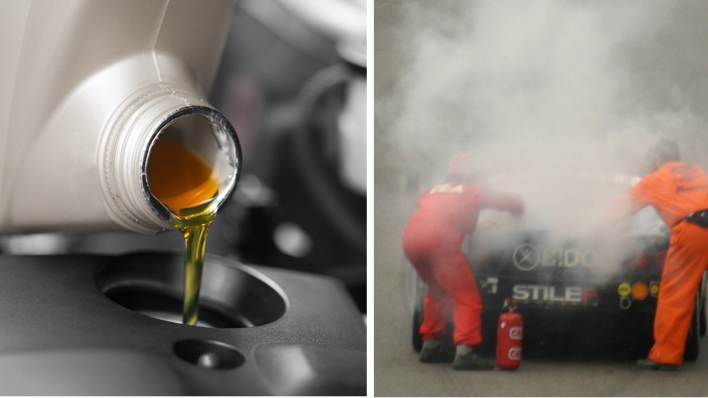

Creating value in the upstream oil and gas industry can be challenging in this persistently price-driven market. One area where every operator and service provider should be looking is project planning. I have worked in this industry for over 30 years, and have seen many different approaches to planning new and existing projects. Generally speaking, I find they fall into two categories:
The first category is one of status quo, where new ideas or technology are not considered. Often this results in either an over-specified or over-designed project, or an approach based primarily on the individual experience of the person in charge.
The second category includes efforts to systematically reduce the risk of operational problems—i.e., taking a preventative approach rather than waiting for problems and then remediating. This can take various forms in the oilfield, but over time I have observed a recurring theme: It is rare that planning for failure or remediation offers a better value than prevention.
Consider a couple of analogies from the automotive world. Most vehicles require an oil change and other preventative maintenance at certain mileage intervals to prevent engine problems. Another example is corrosion. Preventing a car from rusting is much easier than repairing the damage after it has started. Many issues are harder to address if you wait for a problem to occur and then remediate.
Let’s consider financial risks. In any project, it is necessary to understand commercial risks. Unlimited investment to prevent risk is likely not the appropriate business decision, and eliminating risk entirely is often not the end goal. However, an approach that seeks to reduce risk to the lowest level that is reasonably practical can drive better decisions. If the risk is a commercial risk, an analytical approach can be used to estimate the probability that a risk will occur, and the associated cost. From these estimates, you can calculate the return on investment for a prevention strategy. In simple terms, this is the value proposition for the tool, product, technology, process or action that will be employed to reduce or eliminate a particular risk.
There is a tendency to second-guess decisions made or costs incurred to prevent a problem. After taking a preventative approach and observing that problems are not occurring, some may question why they continue to spend money on prevention. However, the absence of problems likely is directly related to your investment in prevention.
I would encourage engineers to build a preventative approach into their project designs, while understanding the commercial risks. Planning for failure and remediation is rarely a better value than prevention.
